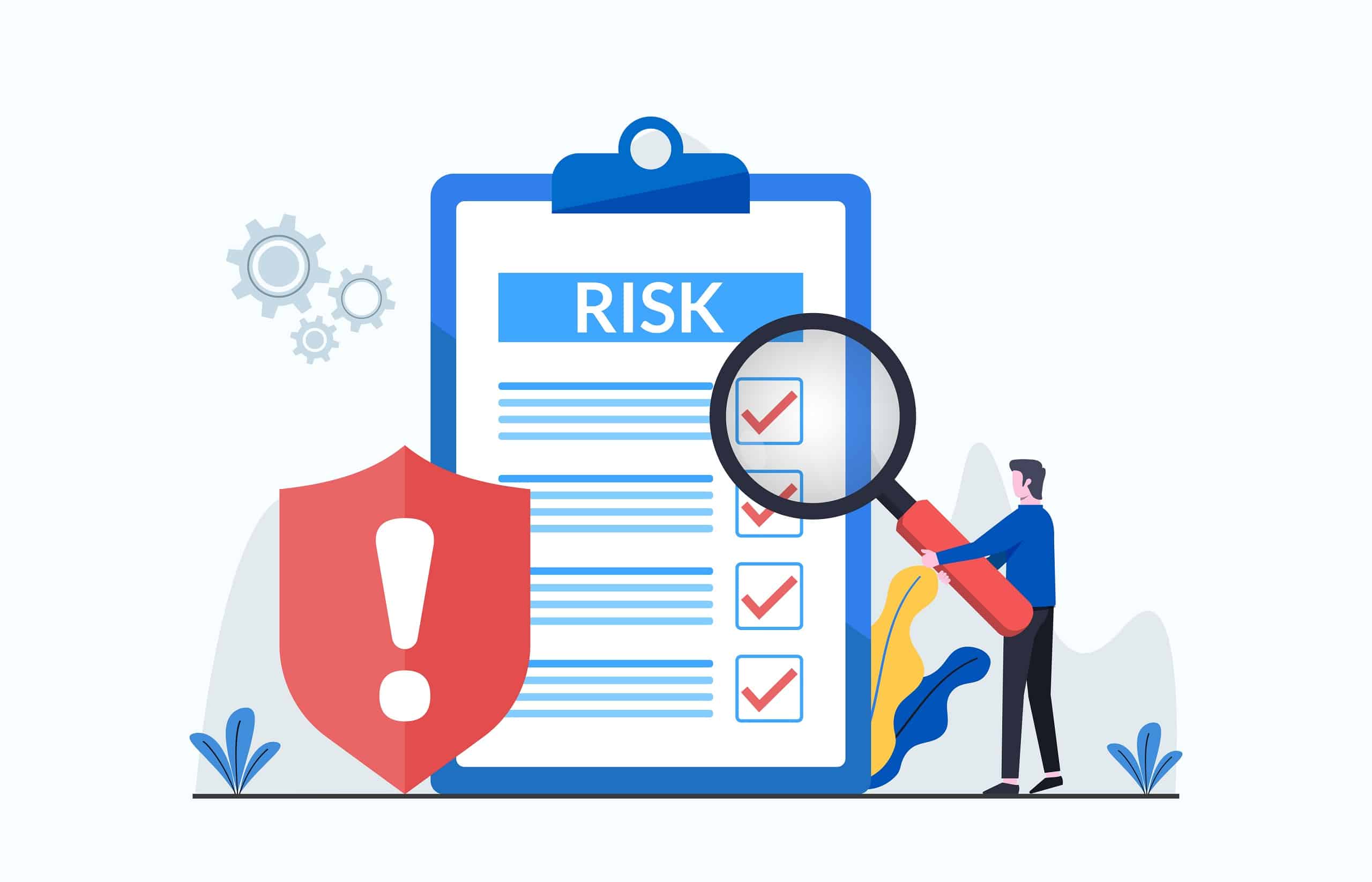“Eat well or sleep well” is a common refrain you may have encountered over the course of your financial planning journey. This phrase refers to the risk-return tradeoff that investors face when it comes to allocating their resources. The type of portfolio one owns is a function of several factors, but the principal consideration is often whether they’re aiming to generate high returns or preserve their principal while earning a steadier income stream. Conventional means of risk assessment only serve to perpetuate this focus on risk and return, and they are becoming increasingly insufficient at reconciling long-term goals with individual risk tolerance.
As the sun sets on traditional pension plans, having an accurate understanding of your risk tolerance will be essential to building up your retirement nest egg. The good news is that with a comprehensive risk analysis strategy, you may not be forced to choose between risk and reward. In other words, it’s possible to have your cake and eat it, too.
Holes in Traditional Risk Analysis
Traditional risk tolerance questionnaires use questions that can be broken up into two seemingly simple categories: the ability of an investor to take on risk and their willingness to do so.
The ‘willingness’ factor is based on your desire to see gains versus your aversion to suffering losses, and these are largely a function of your current financial position. For instance, if you’ve just started out in your career and have several decades to go before you reach retirement age, taking on more risk may feel like the best way to rake in higher returns. Inversely, if you’re approaching retirement age and have already accumulated a degree of wealth, you likely have less appetite for risk, opting instead to grow your nest egg slowly but steadily with safer investments.
But it’s the former category—’ability’—that often gets misrepresented.
Let’s use the same example of our investor who is just starting out. On paper, factors such as assets, income, and personal time horizon would seem to indicate that she has a relatively high risk tolerance. However, it turns out that this particular investor has had negative experiences in the past that have made her more hesitant to carry stocks in her portfolio. Conventional measures of risk will see this investor’s stock aversion and translate it to a general lack of willingness to engage in riskier investments. As a result, this investor might be convinced to carry more cash and bonds in her portfolio than she needs to, possibly lowering her returns ultimately.
A New Understanding of Risk
This begs the question: what can investors do to conduct a more accurate risk analysis of their holdings?
One strategy is to incorporate more layers into your risk analysis that help offset the potential imbalances imposed by arbitrary determinations of willingness. This includes unconscious biases related to past experiences, both positive and negative. A more comprehensive risk analysis technique for today’s investors might involve:
- Risk capacity: One’s ability to tolerate risk based on his or her current life circumstances.
- Risk preference: How much risk one is willing to carry based on his or her personal preferences and prior investments.
- Portfolio risk: A calculation of the assets in one’s portfolio and how much risk exposure he or she has to potentially change.
As you plan for your long-term financial goals, having a more complete understanding of your risk tolerance will be key to balancing volatility with the chance for larger returns.
Using Your Analysis To Manage Risk in the Long Term
Understanding your appetite for risk—and how it can change over time—is important because it affects key investment decisions, such as whether to be more aggressive or conservative in your portfolio. A regularly-scheduled risk assessment can help you manage risk and ensure a happy, potentially less stressful life in retirement.
As you work to understand your evolving risk tolerance, consider the following risk-management strategies to manage your portfolio over time:
- Expand your income sources: Fixed and variable annuities can serve as an additional income source to help supplement your Social Security. Depending on your financial goals and flexibility, a financial advisor can help you determine which makes the most sense.
- Diversify your portfolio: If you find your assets are no longer balanced with your risk tolerance, it may be time to spread your investments out over multiple names and asset classes so that your exposure to any one type of asset is limited.
- Consider what-if scenarios: When it comes to your loved ones and others who depend on you, be sure to consider how possible lifestyle changes may impact the level of income you need over time.
No matter your financial situation, remember that risk is a constantly evolving factor that should be revisited on a recurring basis.
Aligning Your Risk Profile and Long-Term Financial Goals
It’s important to have clear insight into your risk profile and to reassess your investment strategy at regular intervals. This way, you can better balance your portfolio as you move through life, which is especially important if your financial goals change.
Whether you’re just starting to consider retirement or are planning on ending your career soon, knowing your risk profile can make a major difference. If you’re not sure how to best assess risk or are looking to get an outside perspective, working with a financial advisor may be in your best interest. A licensed financial professional can help simplify and expedite the process for you, freeing you up to focus on the things you enjoy most.
References:
- Lee, Nathaniel. “How 401(k) Accounts Killed Pensions to Become One of the Most Popular Retirement Plans for U.S. Workers.” CNBC. CNBC, March 24, 2021. https://www.cnbc.com/2021/03/24/how-401k-brought-about-the-death-of-pensions.html.
- Totum. “If You’re Only Looking at Traditional Risk Tolerance, You’re Missing More than Half of the Equation.” Totum, September 10, 2021. https://www.totumrisk.com/if-youre-only-looking-at-traditional-risk-tolerance-youre-missing-more-than-half-of-the-equation/.
Disclosures:
This material is intended for informational/educational purposes only and should not be construed as tax, legal or investment advice, a solicitation, or a recommendation to buy or sell any security or investment product. Investments are subject to risk, including the loss of principal. Some investments are not suitable for all investors, and there is no guarantee that any investing goal will be met. Certain sections of this material may contain forward-looking statements. Forward-looking statements are not guarantees of future performance and involve certain risks and uncertainties, which are difficult to predict. Past performance is no guarantee of future results. Third-party links are provided to you as a courtesy. We make no representation as to the completeness or accuracy of information provided at these websites. Information on such sites, including third-party links contained within, should not be construed as an endorsement or adoption of any kind. Please consult with your financial professional and/or a legal or tax professional regarding your specific situation and before making any investing decisions.

